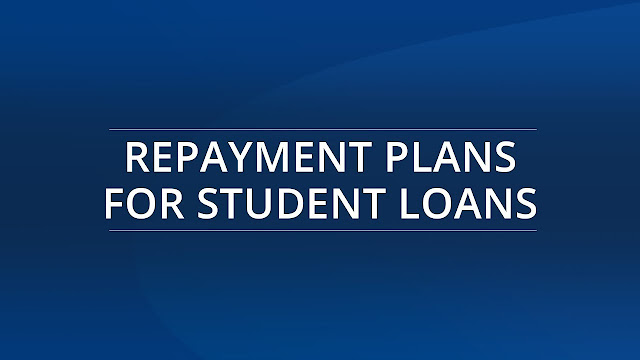Understanding the Student Loan Repayment Plans
Student loans act as subsidiaries in helping students’ life run with ease in learning institutions. Most loans are given by commissions of higher learning after approval probably by an act of parliament. They can come from the federal government or private lending institution. Students are given loans to cater to their academic costs as well as personal needs. Often, students are given a period of up to graduation and an allowance of about two years before they start settling the loans.
The repayment plans for these loans usually vary according to the set rules. The plans dictate how much you will pay either monthly or annually and for how long. The plans also vary in terms of the interest imposed on the beneficiary of the loan. Although longer paying plans may seem stress-free, keep in mind the fact that the more time you take to repay the loan, the higher the interest you will pay. A dedicated student loan advocate could help you understand the plans for a wise selection. Here are some of the plans explained.
The repayment plans for these loans usually vary according to the set rules. The plans dictate how much you will pay either monthly or annually and for how long. The plans also vary in terms of the interest imposed on the beneficiary of the loan. Although longer paying plans may seem stress-free, keep in mind the fact that the more time you take to repay the loan, the higher the interest you will pay. A dedicated student loan advocate could help you understand the plans for a wise selection. Here are some of the plans explained.
Standard Repayment plan includes monthly repayments for 10 years. Generally, the standard repayment plan will make you pay less interest as compared to extended and income-driven plans. Standard repayment is divided into standard/level and graduated. Standard/level is where you pay a constant amount each month for 10 years while in the graduated plan your monthly repayments will start low and grow large constantly, usually after every two years.
Extended repayment plans allow you to pay your loans for a period of up to 25 years instead of 10. This could be the perfect plan for you if you need lower monthly repayment amounts than standard plans. The extended level is when you pay the same amount monthly for the 25 years, while extended graduated is when your payments start with a lower amount and increase every two years. If you need a lower repayment now but are sure of making more money in the future, this plan suits you.
Income-Driven plans of repayment are those that allow you to make payments monthly based on your income levels. This plan means that the higher you earn, the higher you pay. Other than specifying your income, family size and the types of loans you have are part of eligibility criteria. You will need to provide your tax information every year. To avoid negative credit reports, recertifying your student loan repayment should be done at least twice in every two years.
In doubt about which plan to take? A Student Loan Document Preparation could provide you with additional information on the plans.
Extended repayment plans allow you to pay your loans for a period of up to 25 years instead of 10. This could be the perfect plan for you if you need lower monthly repayment amounts than standard plans. The extended level is when you pay the same amount monthly for the 25 years, while extended graduated is when your payments start with a lower amount and increase every two years. If you need a lower repayment now but are sure of making more money in the future, this plan suits you.
Income-Driven plans of repayment are those that allow you to make payments monthly based on your income levels. This plan means that the higher you earn, the higher you pay. Other than specifying your income, family size and the types of loans you have are part of eligibility criteria. You will need to provide your tax information every year. To avoid negative credit reports, recertifying your student loan repayment should be done at least twice in every two years.
In doubt about which plan to take? A Student Loan Document Preparation could provide you with additional information on the plans.



Comments
Post a Comment